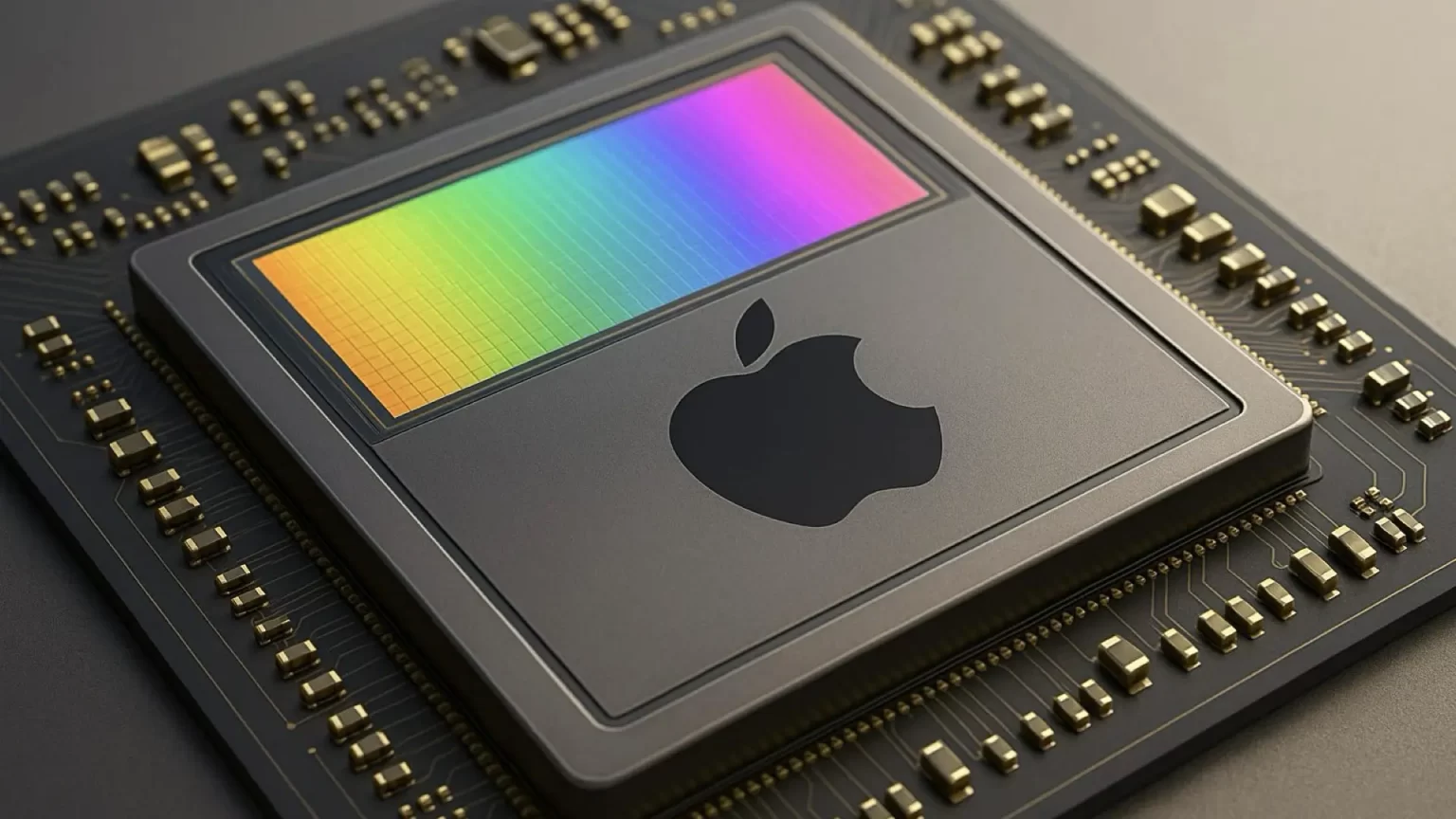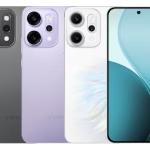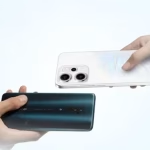Apple has always been a trendsetter in smartphone technology. But what if we told you that the next big iPhone leap isn’t about screens or AI — it’s about matching the dynamic range of the human eye?
That’s right. A newly surfaced Apple patent hints at a future iPhone camera with a jaw-dropping 20-stop dynamic range, possibly closing the gap between smartphone sensors and human visual capability. Let’s dive deep into what this means, why it’s game-changing, and how it might reshape photography forever.
📸 What Is a 20-Stop Dynamic Range Camera Sensor?
Dynamic range, in simple terms, is how well a camera captures details in both bright highlights and deep shadows. It’s measured in “stops.” The higher the stops, the more nuanced detail the camera can detect.
- Current high-end smartphones hover around 12–15 stops.
- Human eyes are estimated to perceive up to 20 stops under optimal conditions.
Apple’s patent suggests it may soon create a sensor as powerful as our eyes.
🔍 Apple’s Patent Explained: Seeing Beyond Shadows and Highlights
According to the patent, Apple is developing a stacked sensor architecture featuring:
- Multiple exposure layers
- Improved photodiode sensitivity
- High-speed readout capabilities
- Noise-reduction processing
This innovative design allows the sensor to combine exposures from various layers to produce a single image with superior dynamic range.
🎯 Why Does Dynamic Range Matter So Much?
When a camera can capture both bright skies and shadowed faces without losing detail, that’s dynamic range at work. A better DR means:
- More realistic photos
- Fewer blown-out highlights
- Better low-light performance
- Greater editing flexibility
Imagine taking a picture on a sunny beach and actually seeing both the details in the clouds and the texture on your friend’s face under a hat.
🧠 The Human Eye Benchmark: Can iPhones Truly Compete?
The human eye is incredibly adaptive. We can walk from a dark room into bright sunlight and still see clearly — something most smartphone cameras struggle with.
Apple’s patent suggests future iPhones could:
- Capture extreme contrast in one shot
- Mimic the retina’s light adaptation
- Deliver lifelike tones and shadows
That’s not just a spec bump. That’s science-fiction-level tech becoming reality.
🚀 Benefits for iPhone Users and Creators
Here’s how this 20-stop sensor could transform everyday photography:
1. Incredible Low-Light Shots
No more grainy night shots or overexposed streetlights.
2. Pro-Level Video Quality
Imagine cinematic HDR footage without expensive gear.
3. Perfect Portraits in Harsh Light
Backlit scenes won’t ruin your selfies anymore.
4. Creative Control
More dynamic range gives editors and pros more room to adjust tones, colors, and light balance.
🧪 How Does Apple Plan to Pull This Off?
Based on the patent, Apple may use:
- Backside-illuminated (BSI) stacked CMOS sensors
- Dedicated analog-to-digital converters per pixel
- AI-assisted tone mapping algorithms
This would allow the sensor to capture, analyze, and merge multiple exposures in real time, similar to how HDR+ works — but supercharged.
💡 A Step Ahead of the Competition?
Android giants like Samsung and Google have been pushing camera innovation too. But Apple’s approach could leave others playing catch-up:
| Feature | Current iPhones | Samsung S Series | Future iPhones |
|---|---|---|---|
| Max DR Stops | ~15 | ~14.5 | Up to 20 |
| Sensor Layers | 1 | 1 | Stacked |
| Eye-Level Quality | ❌ | ❌ | ✅ |
This leap could redefine Apple’s dominance in mobile imaging.
📱 When Can We Expect This Tech in iPhones?
Patents don’t always equal products. But considering:
- Apple’s rapid camera evolution
- Consumer demand for better mobile photos
- Competition in the flagship space
We might see this tech debut within the next 2–3 iPhone generations — possibly as early as the iPhone 17 or 18.
🛠️ Challenges Apple Must Overcome
Of course, there are hurdles:
- Heat management: More data = more processing = more heat
- Battery drain: Higher performance sensors demand more power
- Sensor size constraints: Bigger sensors need more space
- Cost: Premium tech = premium price
Still, if anyone can finesse cutting-edge tech into a sleek iPhone shell, it’s Apple.
🎥 Impact on Content Creators and Professionals
This isn’t just about casual photos. A 20-stop sensor could disrupt entire industries:
- Filmmakers could shoot movies on iPhones — and we mean really shoot them.
- Photographers might ditch DSLRs for good.
- Journalists could capture broadcast-ready footage on the go.
And with Apple’s ProRAW and ProRes formats, this sensor would be an ideal fit.
📈 Will It Help iPhones Outsell Competitors?
In a saturated market, camera performance is still a top buying factor. This feature alone could:
- Attract creatives and pros
- Reignite excitement around iPhones
- Set a new industry benchmark
It’s not just a camera upgrade — it’s a whole new visual experience.
🌐 Patent Perspective: A Glimpse into Apple’s Vision
The U.S. patent hints at Apple’s ambition beyond phones:
- Mixed reality (Vision Pro?)
- Automotive imaging systems
- Medical imaging tech
A sensor this advanced could power entire ecosystems, not just the iPhone.
🧬 Evolution of iPhone Cameras: A Brief Timeline
Let’s appreciate how far we’ve come:
- iPhone 4 – Basic 5MP shooter
- iPhone 6s – First 12MP camera
- iPhone X – Dual cameras + Portrait Mode
- iPhone 13 Pro – Sensor-shift OIS
- iPhone 15 Pro Max – 5x periscope zoom
- Future iPhones? – 20-stop dynamic range!
The jump from 5MP to human-eye level sensors is staggering.
🎯 What This Means for the Average iPhone User
You don’t need to be a tech geek to benefit. This sensor would help:
- Parents get perfect photos of kids, even in tricky light
- Travelers capture stunning landscapes without a DSLR
- Selfie-lovers enjoy better skin tones and lighting
- Social media users post professional-looking content effortlessly


